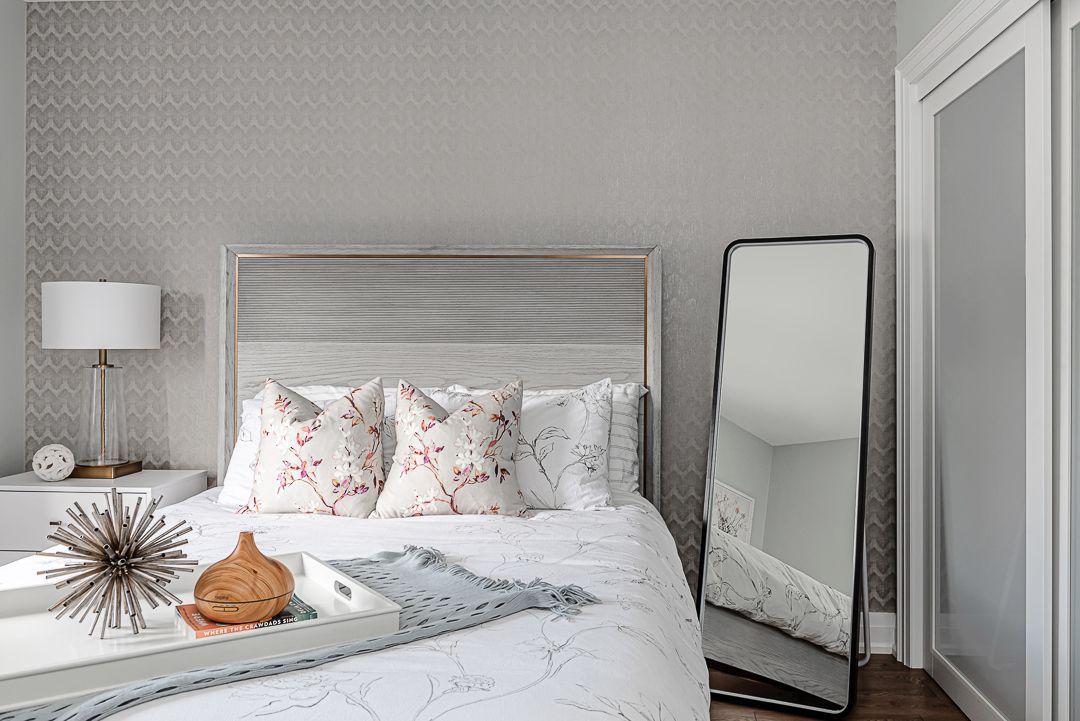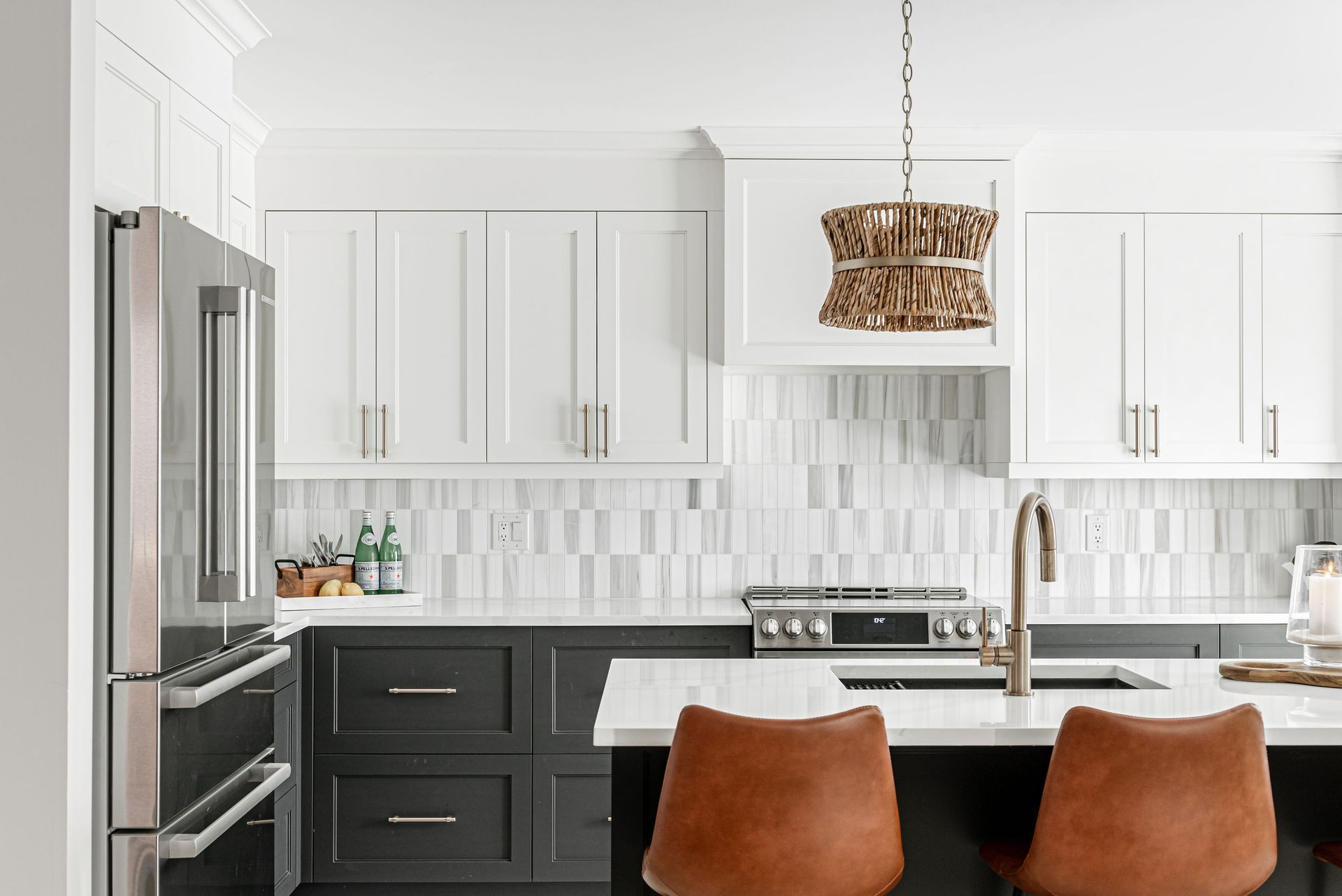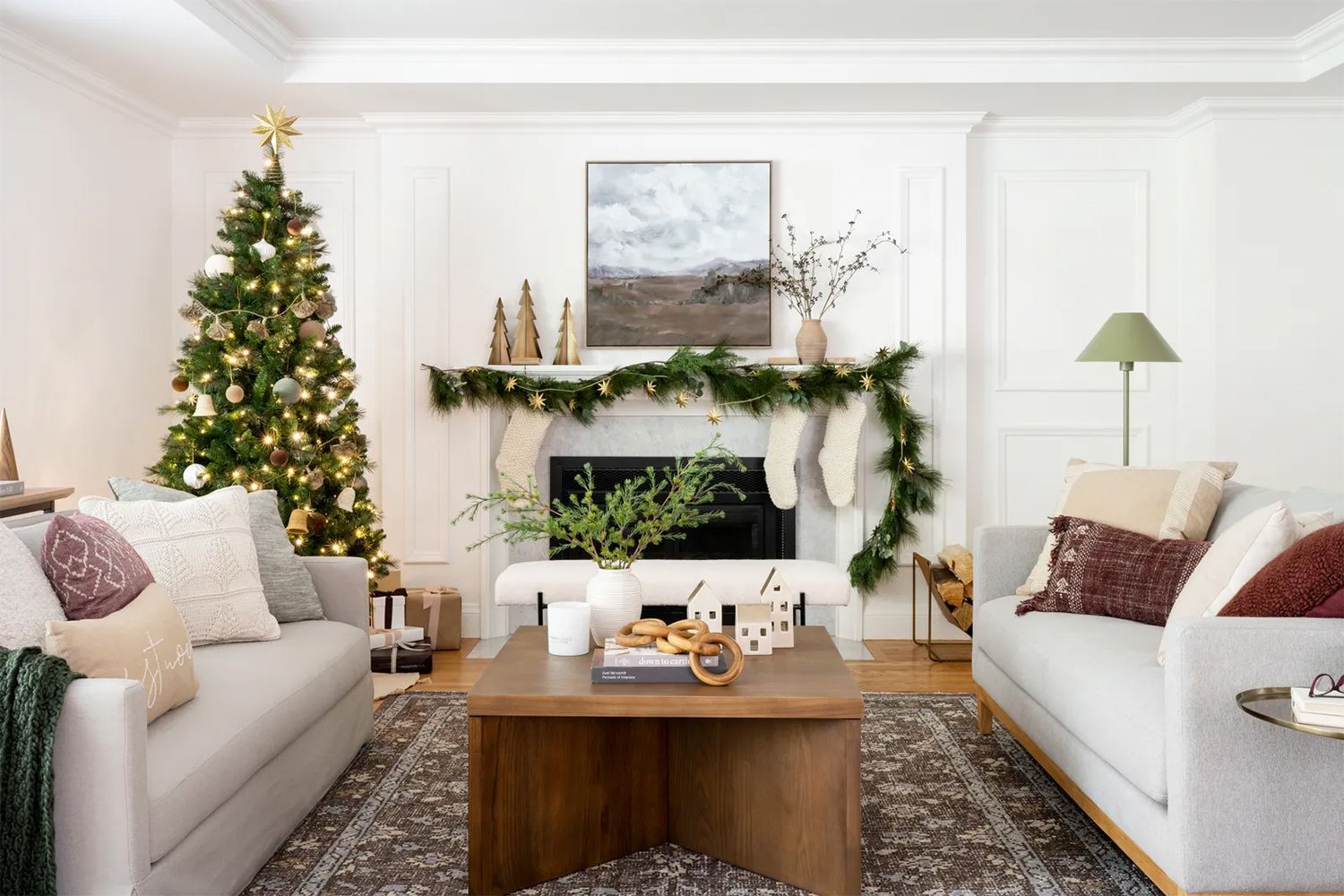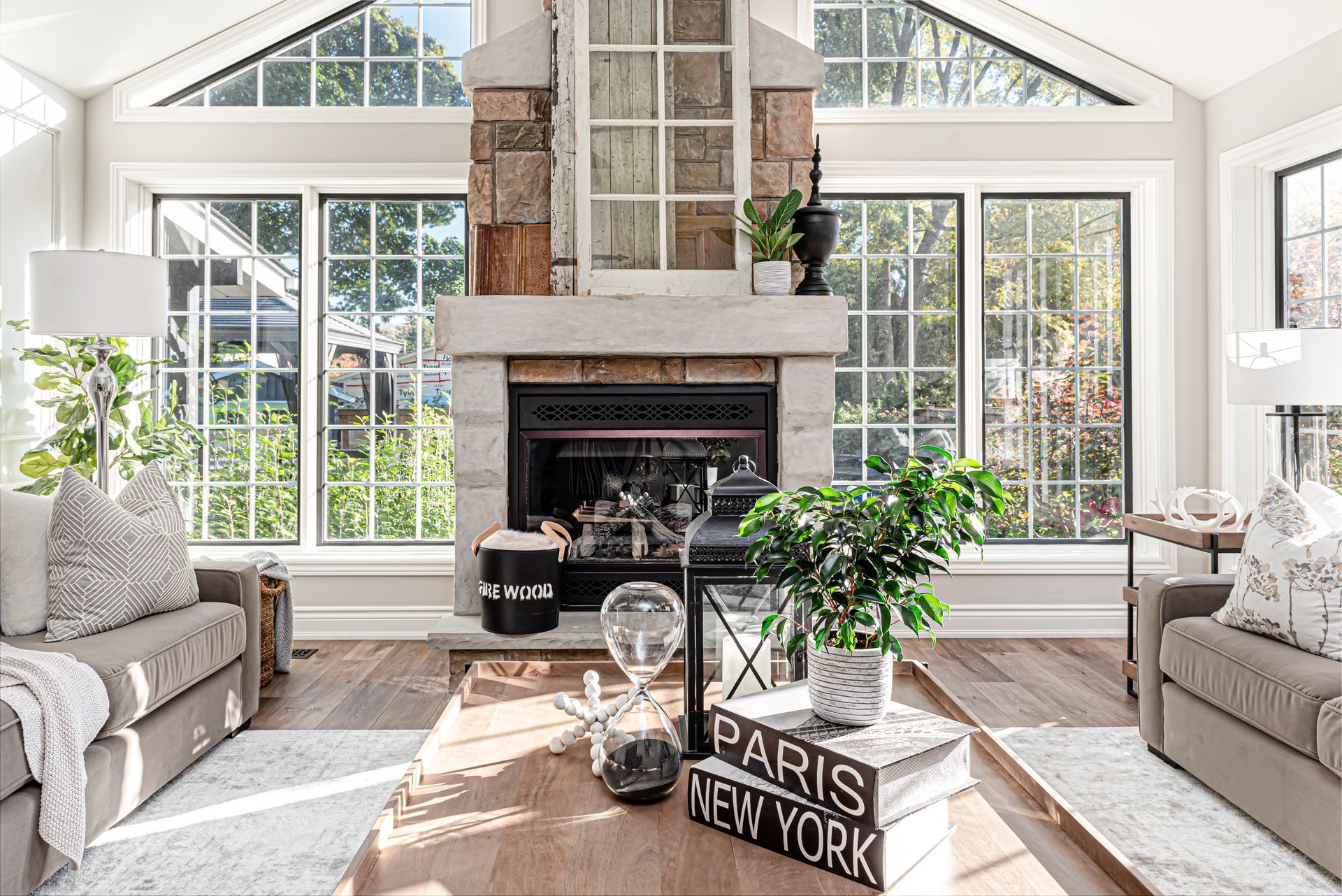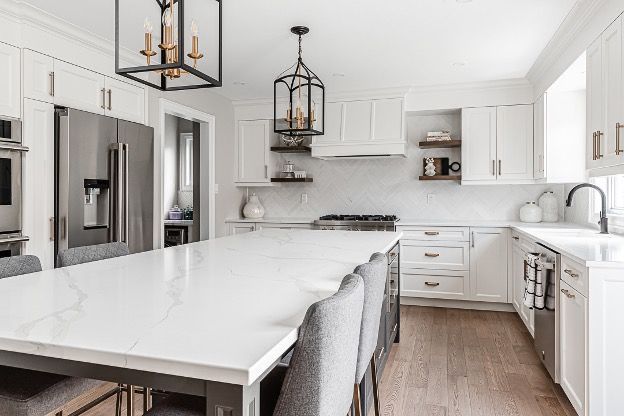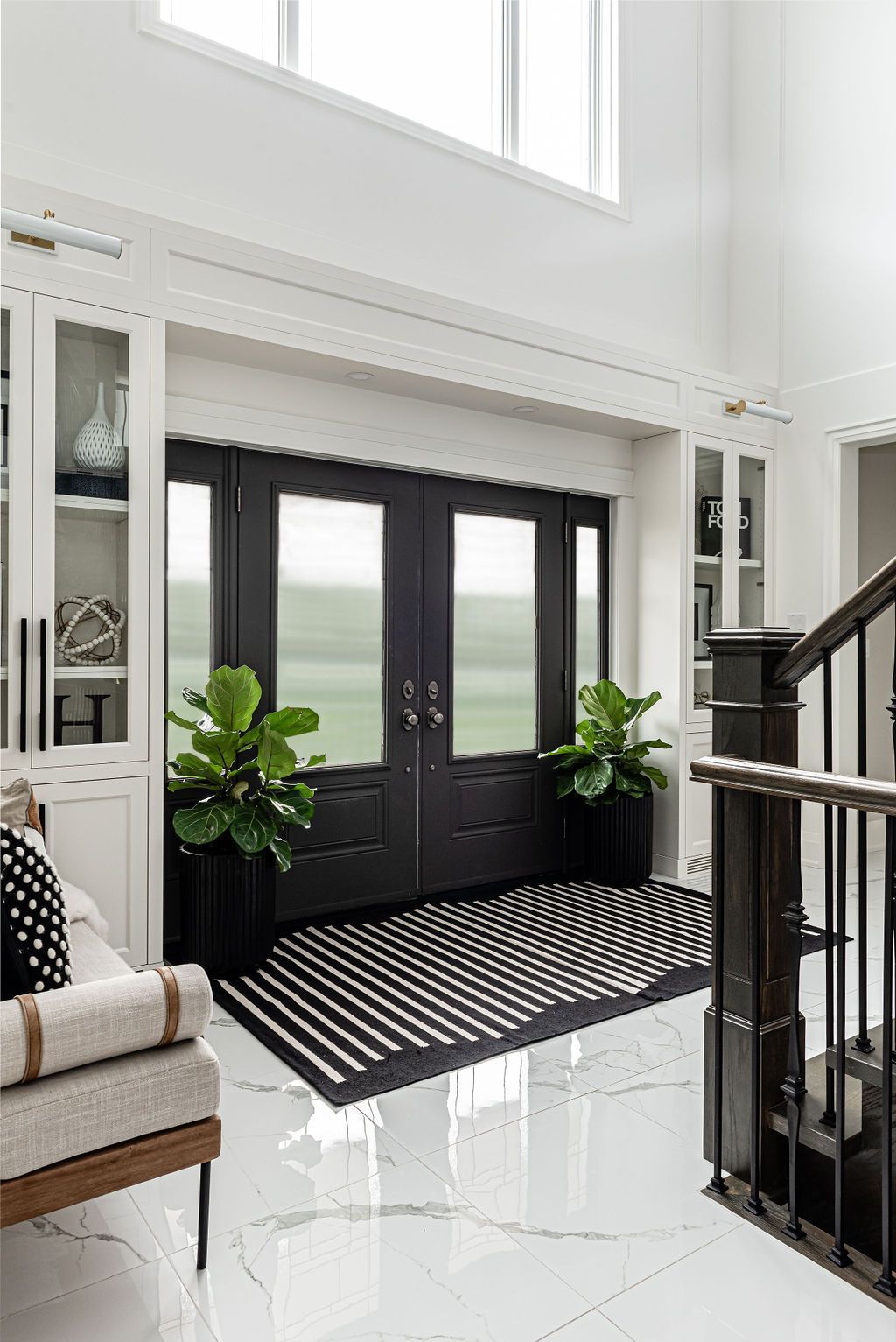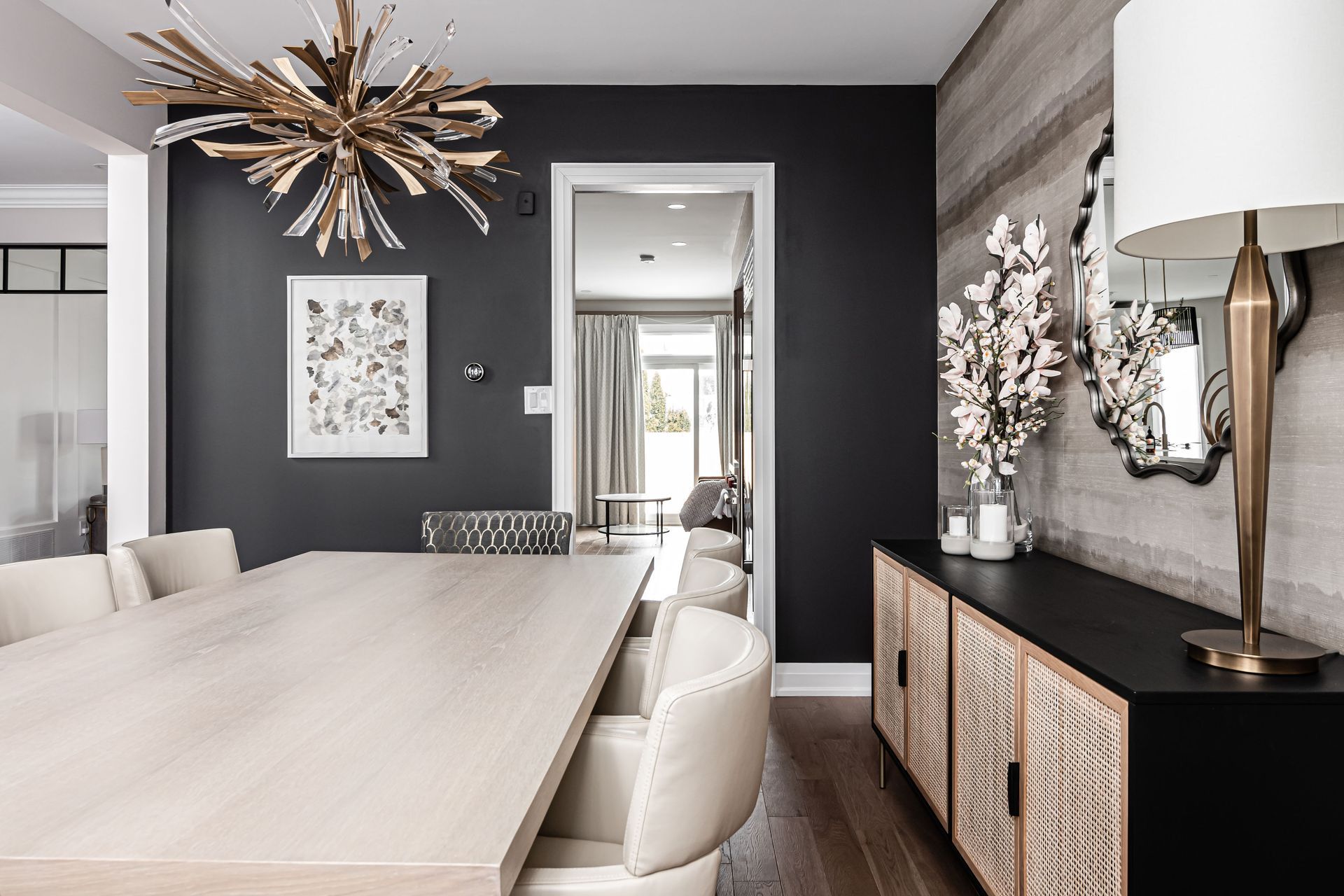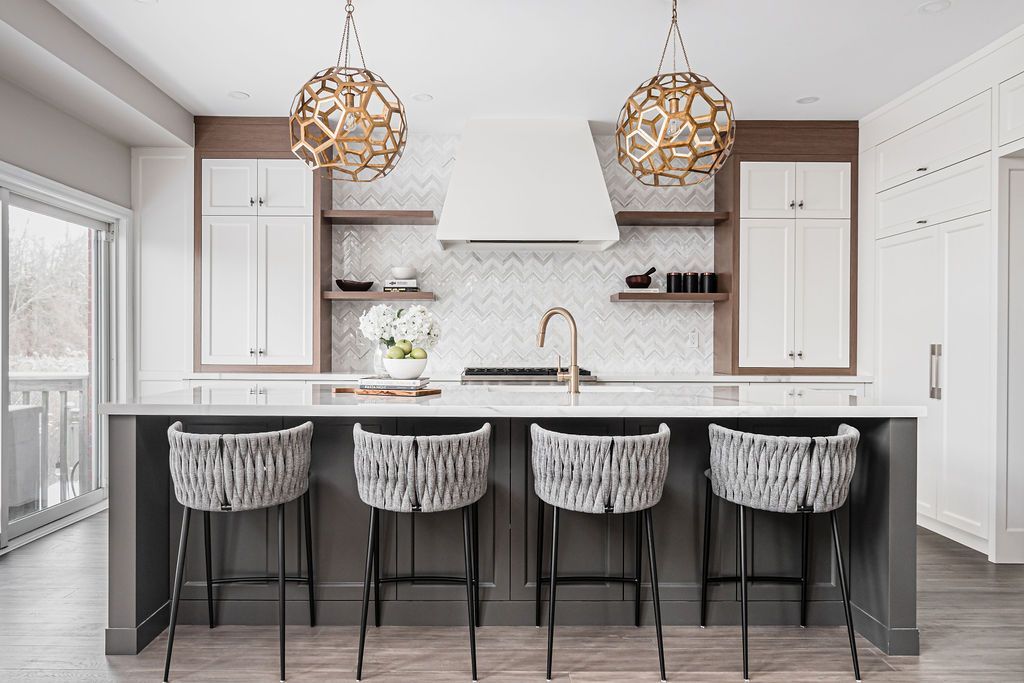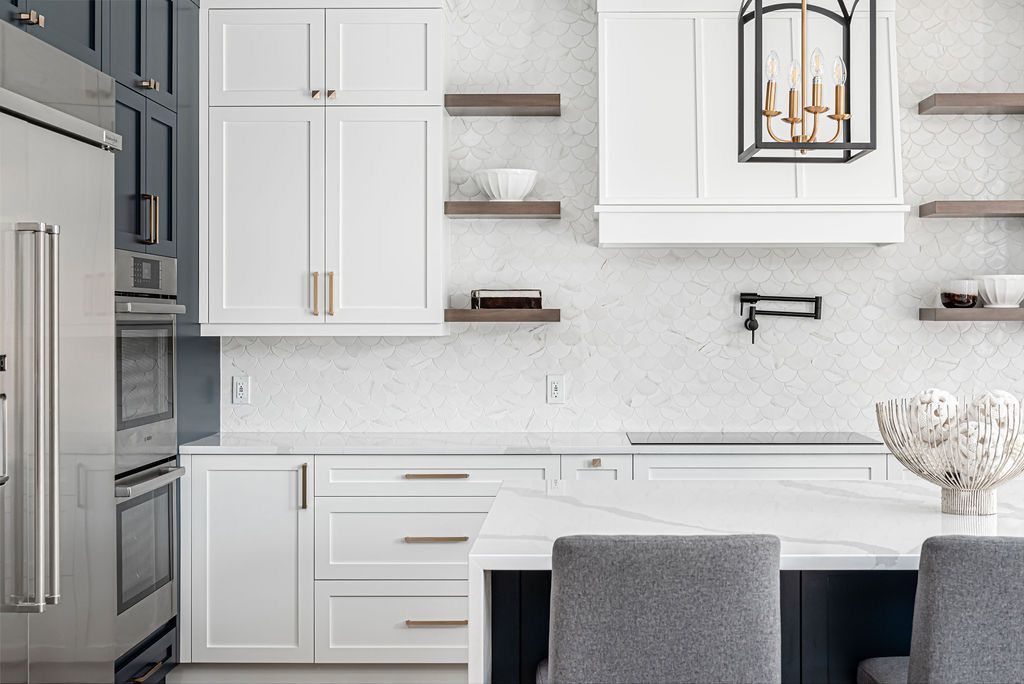The Art of Mixing Patterns and Textures in Interior Design
In the world of interior design, incorporating patterns and textures is an exciting way to add depth, visual interest, and personality to any space. When done skillfully, mixing patterns and textures can create an environment that has just the right amount of cozy charm and sophisticated structure. Leaving you with the feeling that you could just admire the space for days. However, it can be hard to strike the right balance and avoid overwhelming the senses. In this blog, we will explore the art of mixing patterns and textures in interior design and provide valuable tips and inspiration to help you create a visually stunning space of your own.
What is the Difference Between Patterns and Textures?
Patterns and textures are fundamental elements of design that add depth, interest, and eye-catching visuals to a room. Patterns can range from bold geometric shapes to delicate floral motifs, while textures are the physical qualities of materials, such as smoothness, roughness, or softness. By combining various patterns and textures, you can fill your space with character and warmth.
What are the Guidelines for Mixing Patterns?
1. Select a Colour Palette:
Begin by deciding on a colour palette that will serve as the base and inspiration for your pattern mixing. Choose a main colour or a combination of colours that will help you tie all the patterns together. This will ensure a sense of consistency and prevent the space from feeling confused or chaotic.
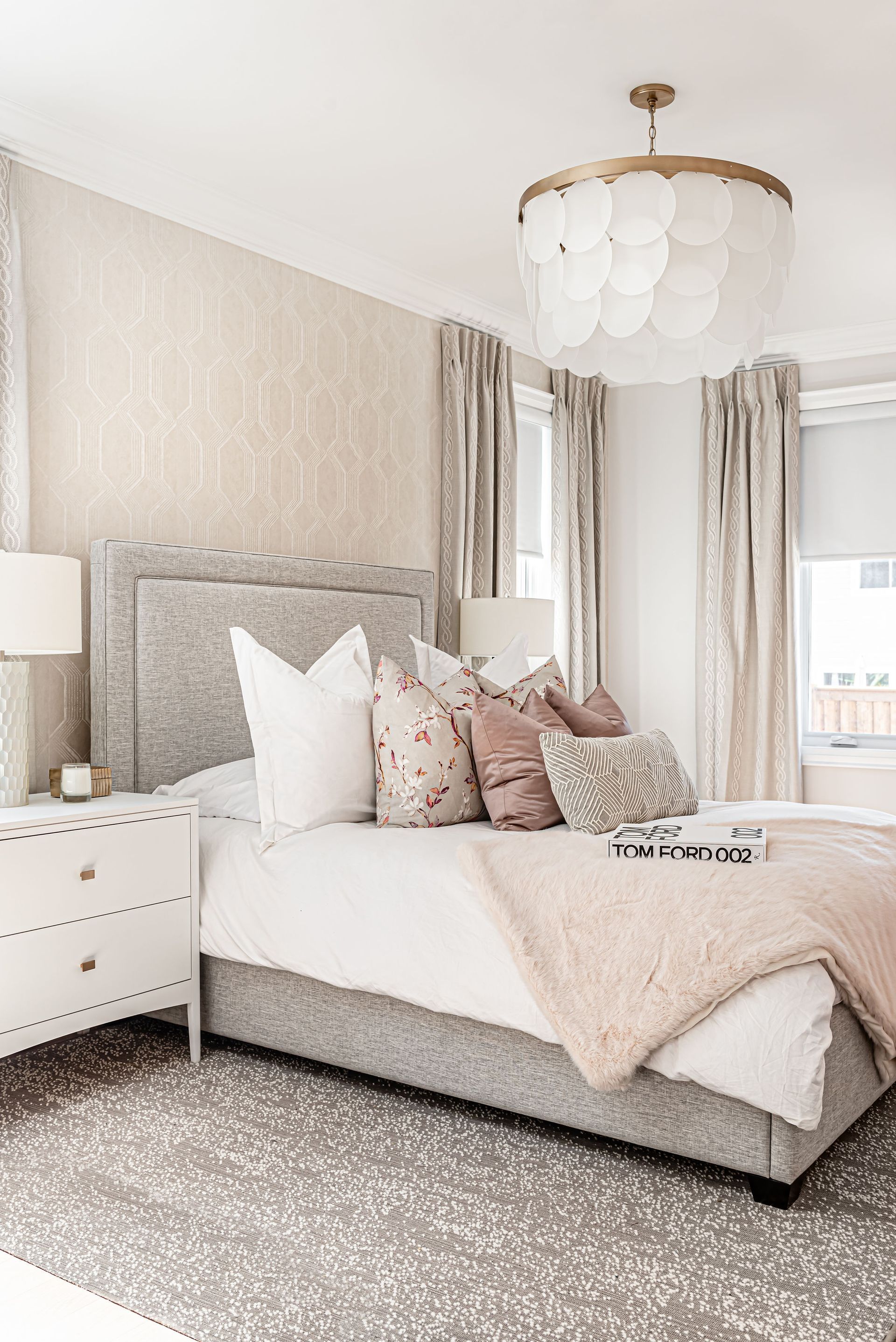
2. Embrace Contrast:
Contrasting patterns adds a playful and energetic touch to your space. Combine patterns with different visual characteristics, such as stripes with florals or organic motifs with geometric designs. The key is to find a balance between contrasting elements while maintaining an overall sense of coordination.
3. Vary Proportion and Scale:
Mixing patterns of different proportions and scales adds visual interest and prevents repetitiveness. Pair small-scale patterns with larger ones, this will ensure that each of your selected patters has the chance to breath and shine without competing with one another.
4. Tie the Patterns Together:
Introduce a unifying element that ties the patterns together. This could be a common color or shape that appears in multiple patterns within the space. By doing this you create a sense of intention, so all the patterns feel as though they are designed to go together rather than random.
How Do I Combine Textures in my Space?
1. Explore Textural Contrast:
Mixing textures is an effective way to add depth and tactile interest to any space. Pair smooth textures with rough ones, or incorporate a mix of materials such as wood, metal, glass, and fabric. When a room is filled with only hard textures, like hard surface furniture and solid flooring, it can feel cold. On the other hand, when a room is filled with only soft textures, like wall-to-wall carpet and plush furniture, it can feel like it lacks structure. The key is to strike a balance between both.
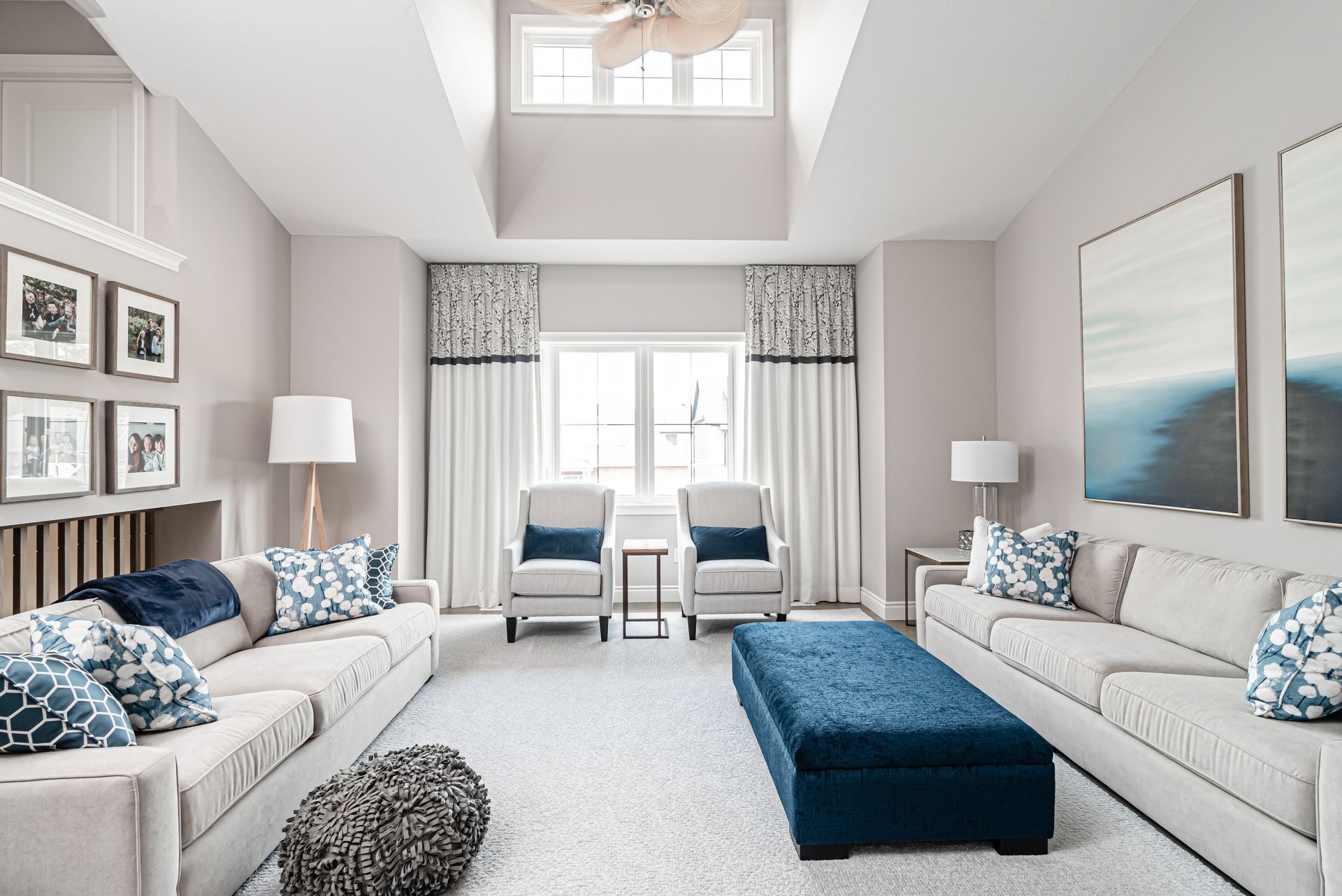
2. Layer Different Materials:
Experiment with layering textiles and materials to create an inviting and lush atmosphere. For example, combine textured accent pillows with a plush upholstered sofa, a faux fur throw, and a patterned area rug. The layering of textures adds a cozy and luxurious feel to the space.
3. Keep Functionality and Practicality in Mind:
While embracing patterns and textures, it is important to consider the practicality and functionality of the space. For high-traffic areas such as the family room couch or the front entry rug, opt for durable and easily maintainable materials that can withstand wear and tear. Additionally, ensure that the textures chosen are comfortable and ideal for their intended use.
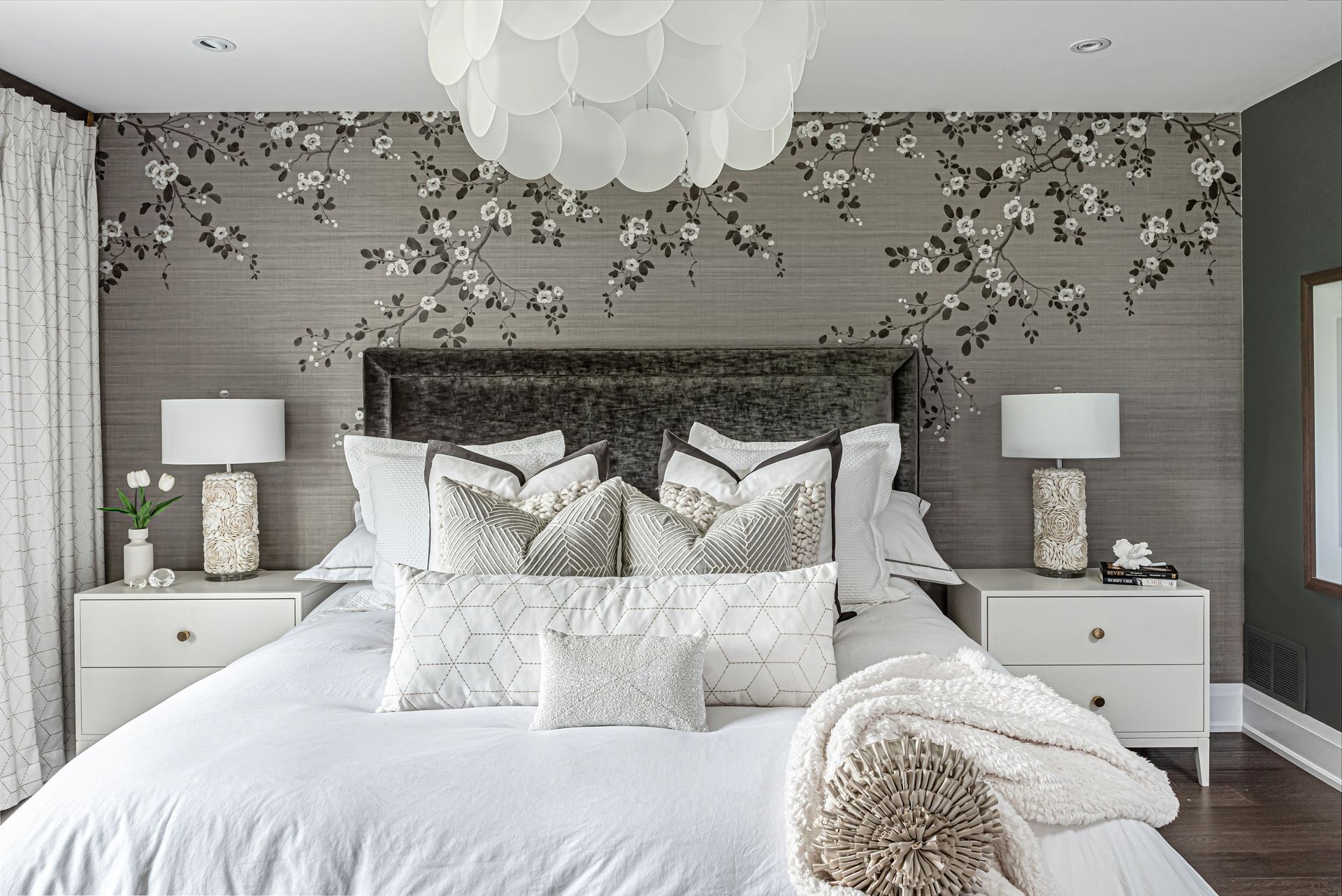
How Do I Balance Patterns and Textures?
To create a unified and visually inspiring interior, it is important to bring together patterns and textures in the best way possible. Here are a few key things to keep in mind:
1. Define Your Focal Point:
Identify a focal point in the room where patterns and textures can be the star of the show. For example, an accent wall with a bold patterned wallpaper or a textured piece of furniture that becomes a visual center piece. Building the design around this focal point will help guide your choices for other patterns and textures.
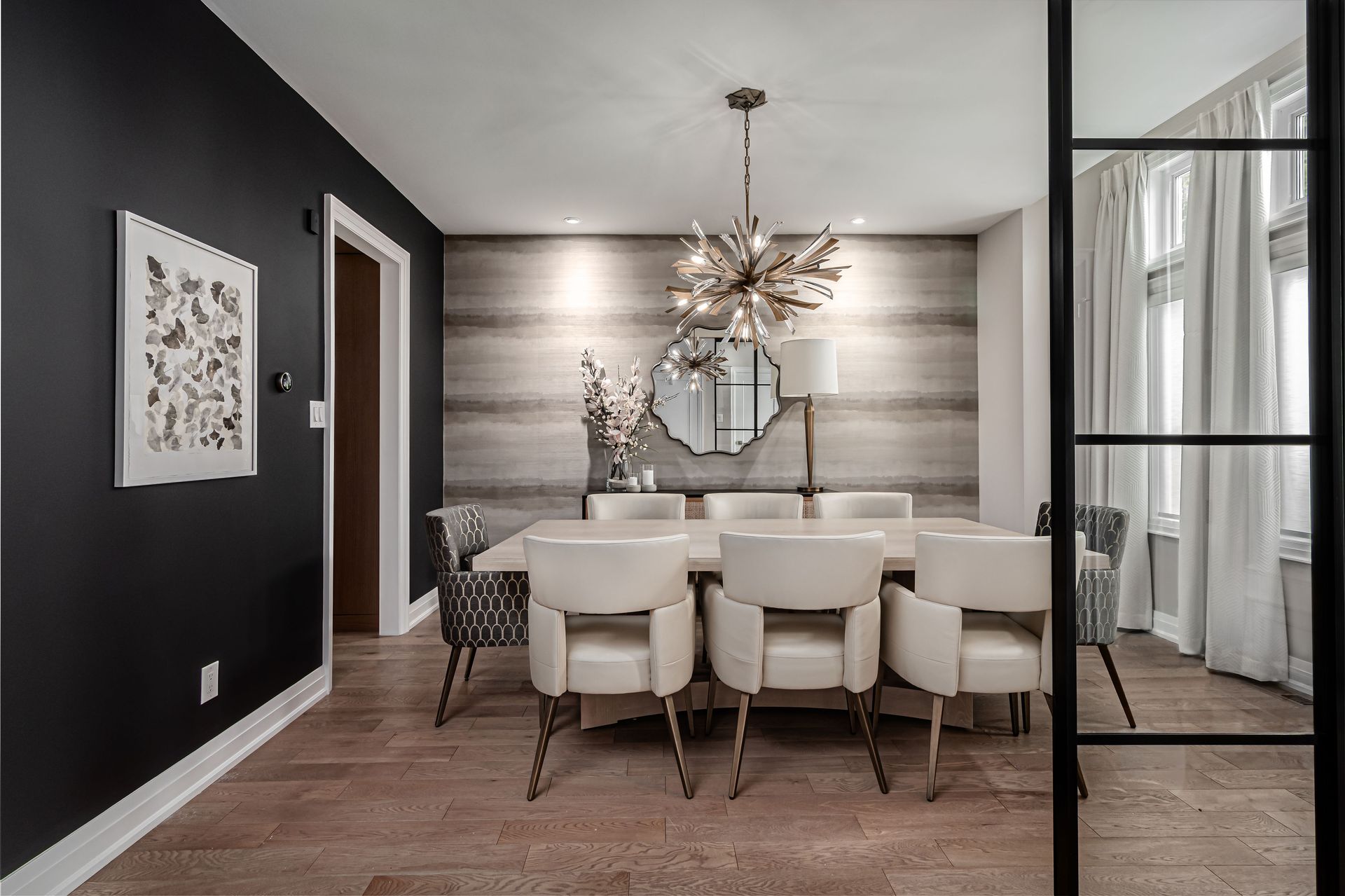
2. Remember the Colour Scheme:
The colour scheme you decided on from the start will help tie together the different patterns and textures you want to include. Select colors that complement each other and repeat the colours from your scheme throughout your different patterns and textures. This will prevent each element from feeling disjointed.
3. Balance Boldness and Subtlety:
Strike a balance between bold and subtle patterns and textures. This ensures that each element has its moment to shine while contributing to the overall design. Too many bold patterns can overwhelm a space, while too many subtle textures may result in a visually dull environment. Seek the perfect blend of both for a well-rounded design.

The art of mixing patterns and textures in interior design offers an exciting and dynamic way to express your creativity and create visually inspiring spaces. By following the guidelines for pattern mixing, exploring various texture combinations, and balancing patterns and textures effectively, you can transform your rooms into personalized havens that reflect your unique style and aesthetic.
